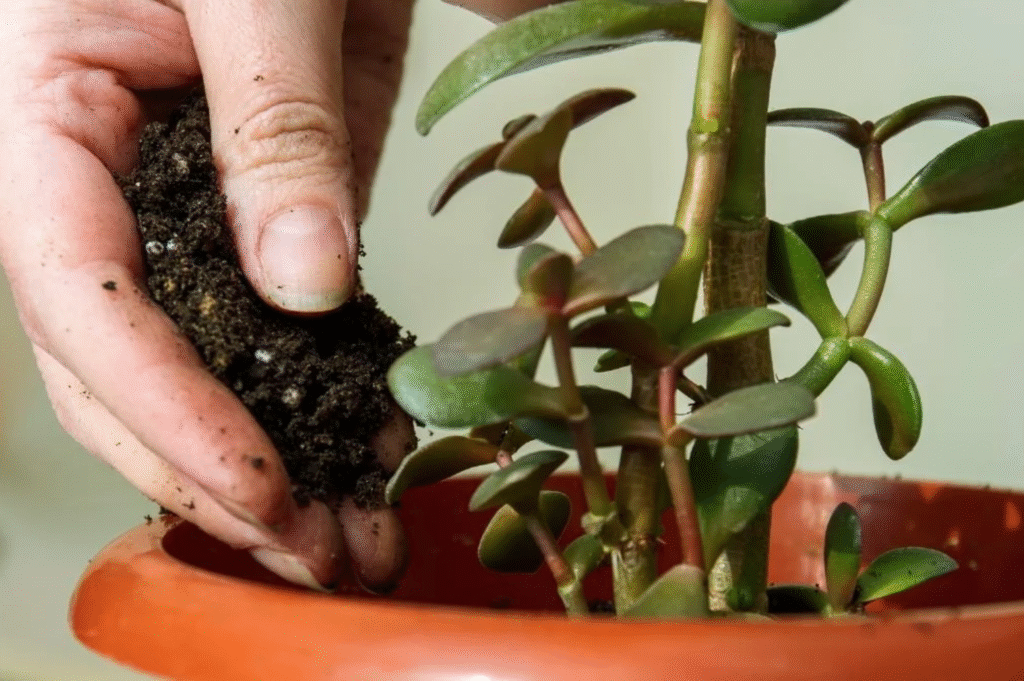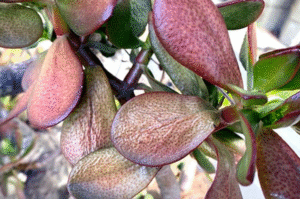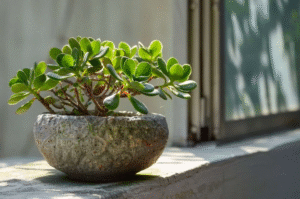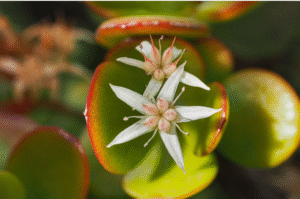If you’re a houseplant enthusiast or just getting started, the jade plant (Crassula ovata) is probably on your radar. Known for its fleshy leaves and tree-like shape, the jade plant is not only beautiful but also low-maintenance. However, one question often confuses new plant owners: Do jade plants need succulent soil?
The short answer is yes, jade plants thrive best in soil specially designed for succulents. But why? Let’s break it down step-by-step and help you understand what makes succulent soil ideal and how to create the best growing environment for your jade plant.
What Makes Jade Plants Special?
Jade plants are part of the succulent family. These plants have thick, water-storing leaves and stems that allow them to survive in dry conditions. Unlike many other houseplants that prefer moisture-retaining soils, succulents (including jade plants) are adapted to dry, well-draining environments.
So, when it comes to soil, jade plants have unique needs that standard potting mixes just can’t meet.
What Is Succulent Soil?
Succulent soil is a lightweight, fast-draining soil mix designed to mimic arid desert-like conditions. It typically includes a combination of the following:
- Coarse sand
- Perlite or pumice
- Cactus mix or potting soil (in smaller amounts)
The key characteristic of succulent soil is good drainage. This prevents water from pooling at the roots, which can lead to root rot, one of the most common causes of jade plant death.
Why Regular Potting Soil Isn’t Good for Jade Plants
Standard potting soil holds too much moisture. It’s great for tropical houseplants but not for succulents. When you use regular soil for your jade plant, you’re creating a moisture-rich environment that can cause:
- Root rot
- Fungal infections
- Yellowing leaves
- Stunted growth
Even if you’re careful with watering, regular soil stays damp much longer than succulent soil. Over time, that extra moisture can silently damage your plant’s health.
Benefits of Using Succulent Soil for Jade Plants
Let’s go over why switching to succulent soil is one of the best decisions for your jade plant:
1. Improved Drainage
Succulent soil allows water to pass through quickly, so your jade plant’s roots don’t sit in water. This reduces the risk of root rot dramatically.
2. Better Aeration
With perlite, pumice, and sand in the mix, the soil remains loose and airy. This supports healthy root development and improves overall plant health.
3. Prevents Compaction
Regular soil tends to compact over time, limiting root growth. Succulent soil stays crumbly and open, giving roots the freedom to expand.
4. Balances Moisture
While the soil drains quickly, it still retains just enough moisture for your jade plant to absorb what it needs. It mimics the natural conditions the plant is used to in its native habitat.
How to Make Your Succulent Soil at Home
If you prefer a DIY approach, making your own jade plant soil mix is simple and cost-effective. Here’s an easy recipe:
Basic Jade Plant Soil Mix:
- 2 parts cactus potting mix
- 1 part coarse sand
- 1 part perlite or pumice
Mix these thoroughly before potting your jade plant. If cactus soil isn’t available, you can use regular potting soil, but reduce it to 1 part and add more sand and perlite to increase drainage.
Pro Tip: Avoid using fine sand, which can reduce drainage. Use coarse builder’s sand or horticultural sand instead.
Best Store-Bought Succulent Soils for Jade Plants
If you’re not into DIY, there are many high-quality succulent soils available online or at local garden centers. Here are a few trusted options:
1. Miracle-Gro Cactus, Palm & Citrus Mix
- Affordable and widely available
- Enhanced with plant food
- Good drainage and pH-balanced
2. Bonsai Jack Succulent and Cactus Soil
- Professional-grade quality
- Extremely fast-draining
- Great for preventing root rot
3. Hoffman Organic Cactus and Succulent Mix
- Organic formulation
- Excellent texture and air circulation
- Ready to use straight from the bag
These soils are tailored for succulents and work exceptionally well for jade plants.
Tips for Potting Your Jade Plant
Even with the right soil, potting technique matters. Here’s how to give your jade plant the best start:
Use a Pot with Drainage Holes
Always choose a pot that allows excess water to escape. Terracotta pots are ideal because they absorb moisture and help the soil dry out faster.
Avoid Overwatering
Water only when the top 1–2 inches of soil are dry. In winter, reduce watering frequency even more.
Let the Soil Dry Completely Between Waterings
Jade plants prefer to be dry rather than wet. Don’t follow a strict watering schedule; follow the dryness of the soil instead.
Conclusion :
If you want your jade plant to thrive for years and maybe even pass it down through generations (yes, they live that long!), succulent soil is a must. It supports the plant’s natural growth habits, helps avoid common diseases, and makes your plant care routine easier.
Whether you buy it or make your mix, investing in the right soil will pay off in a lush, healthy, and happy jade plant.






